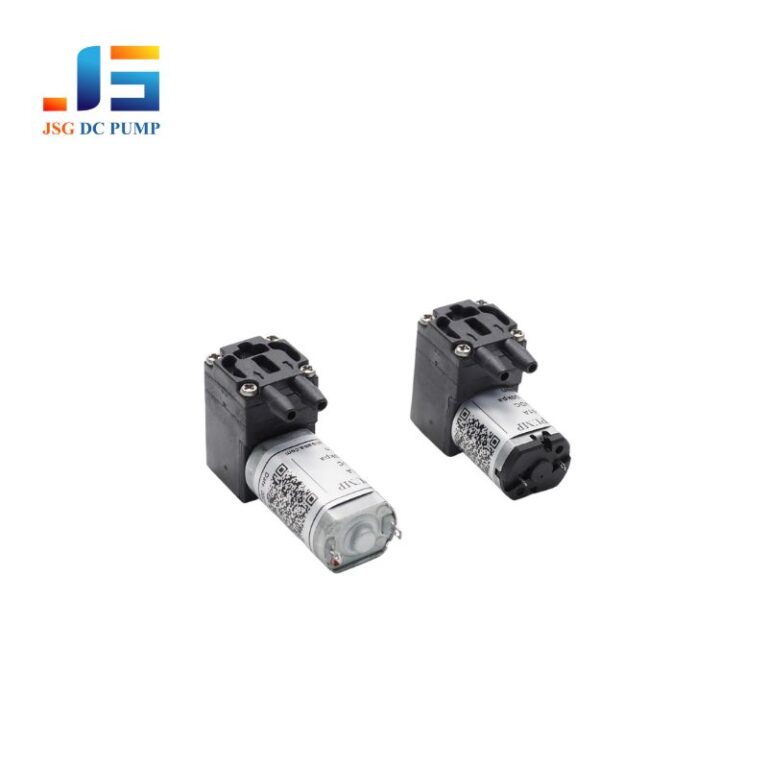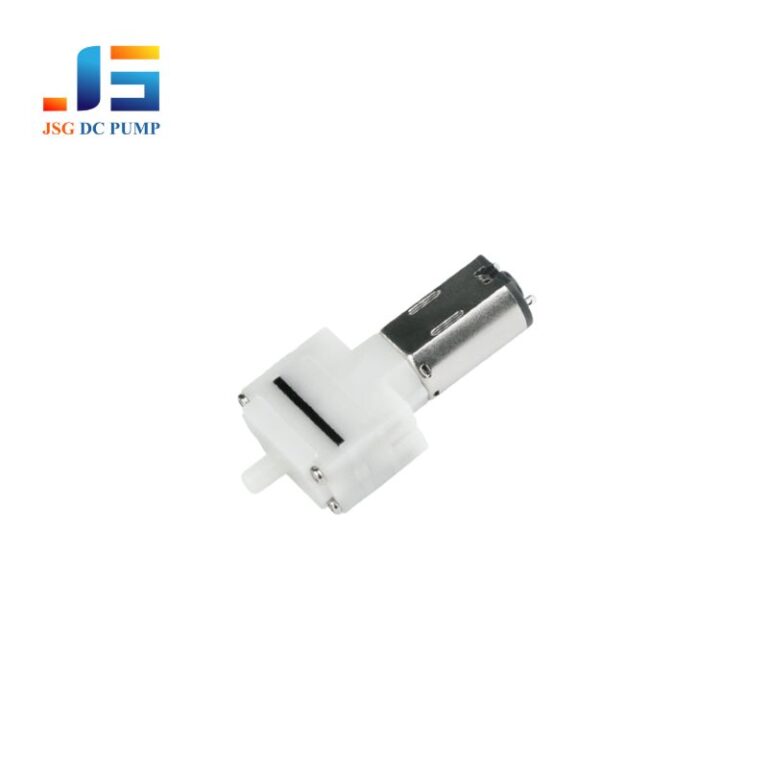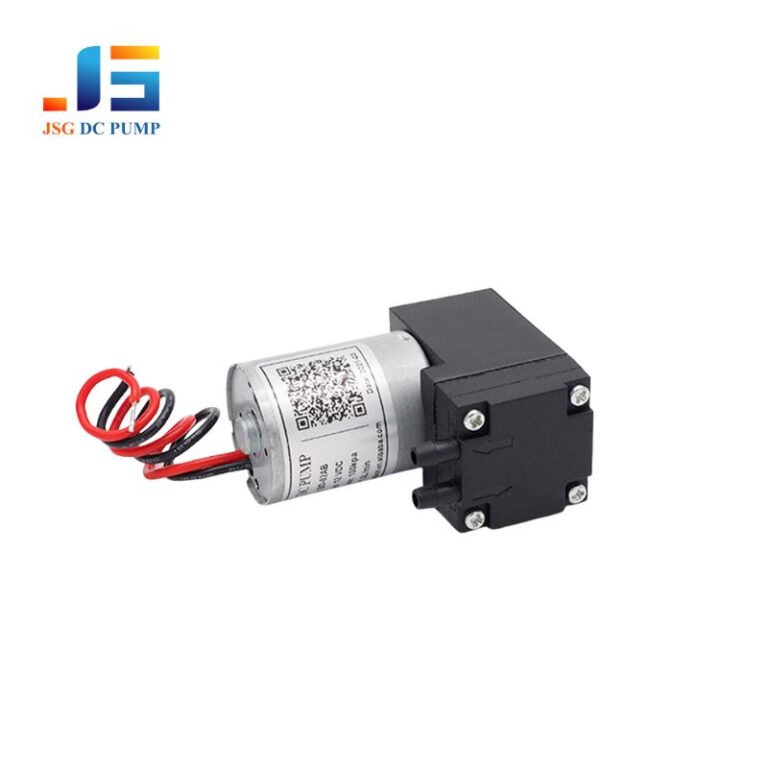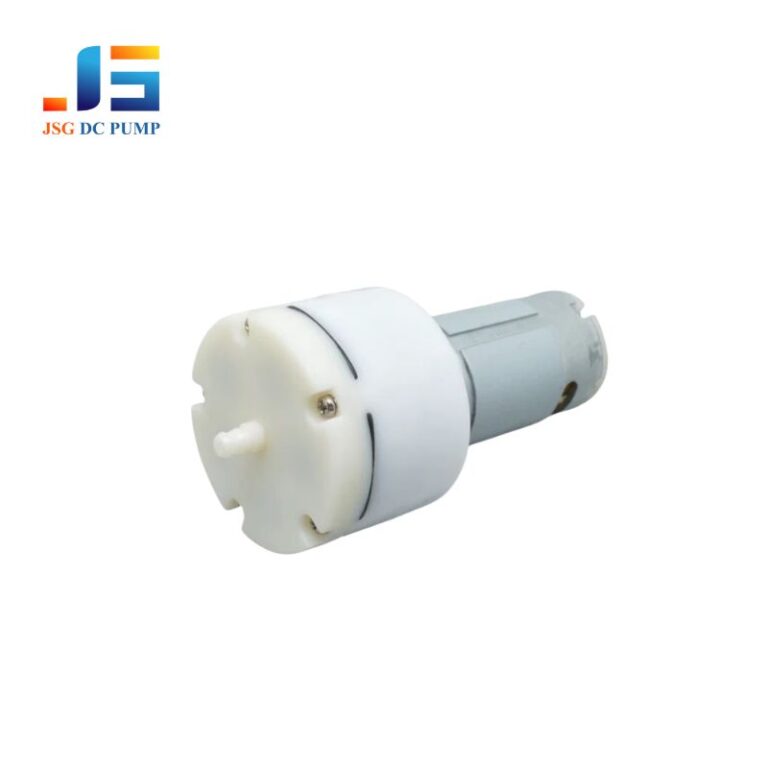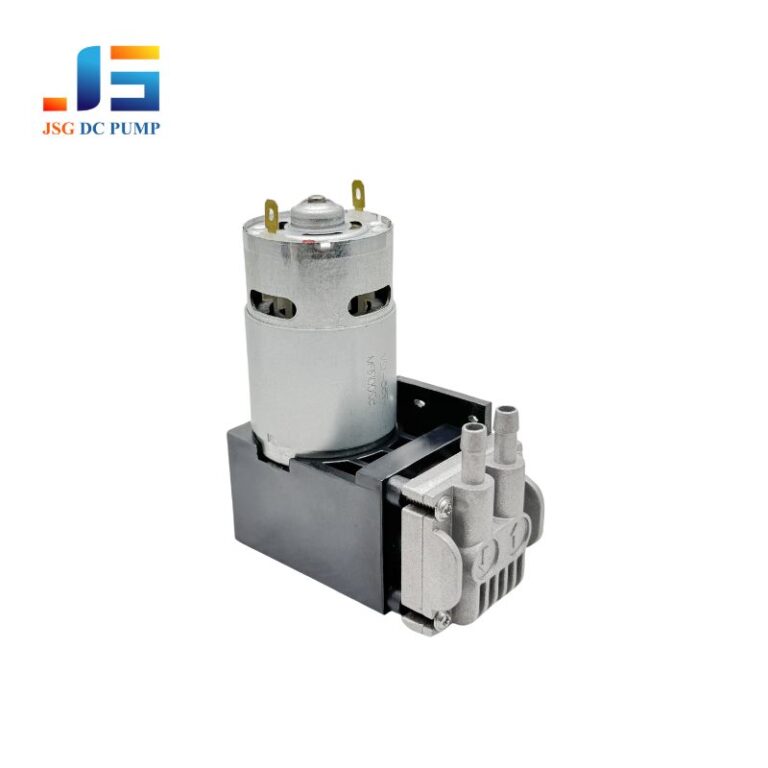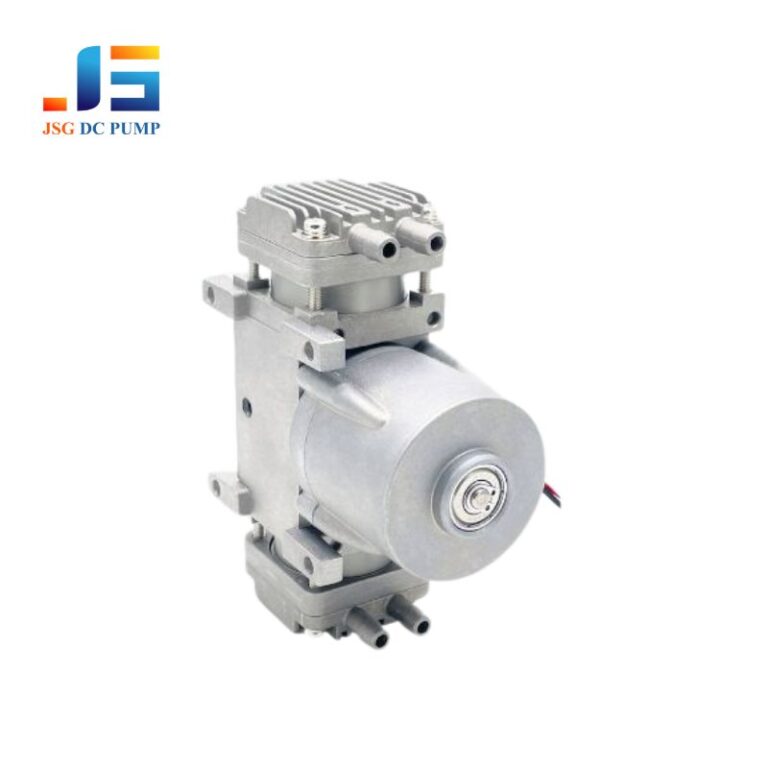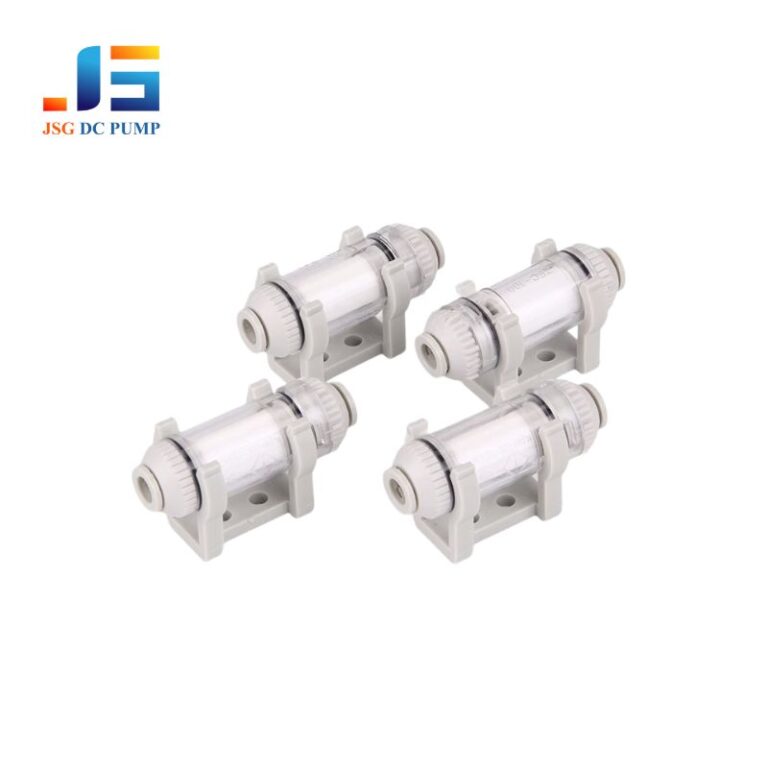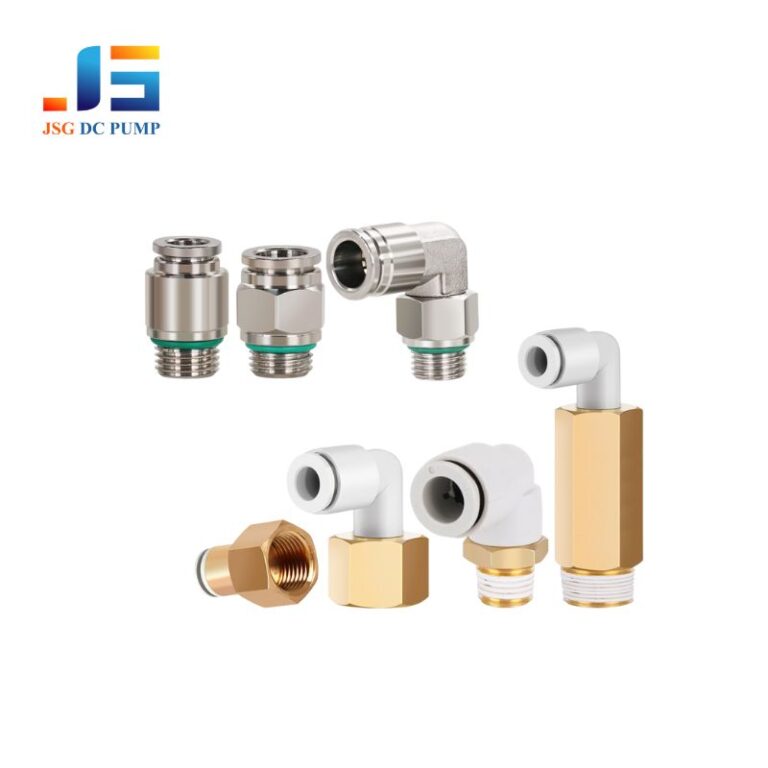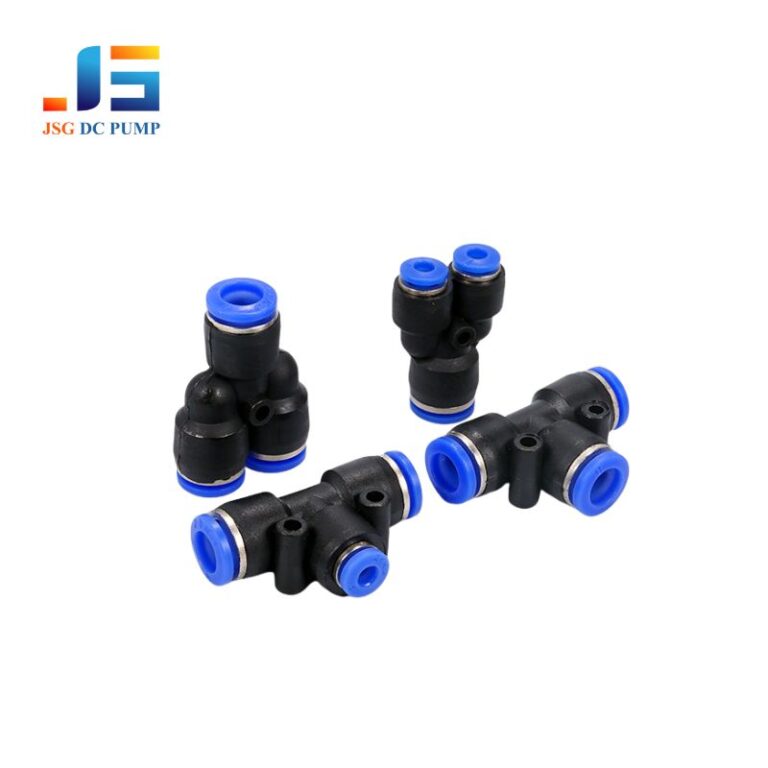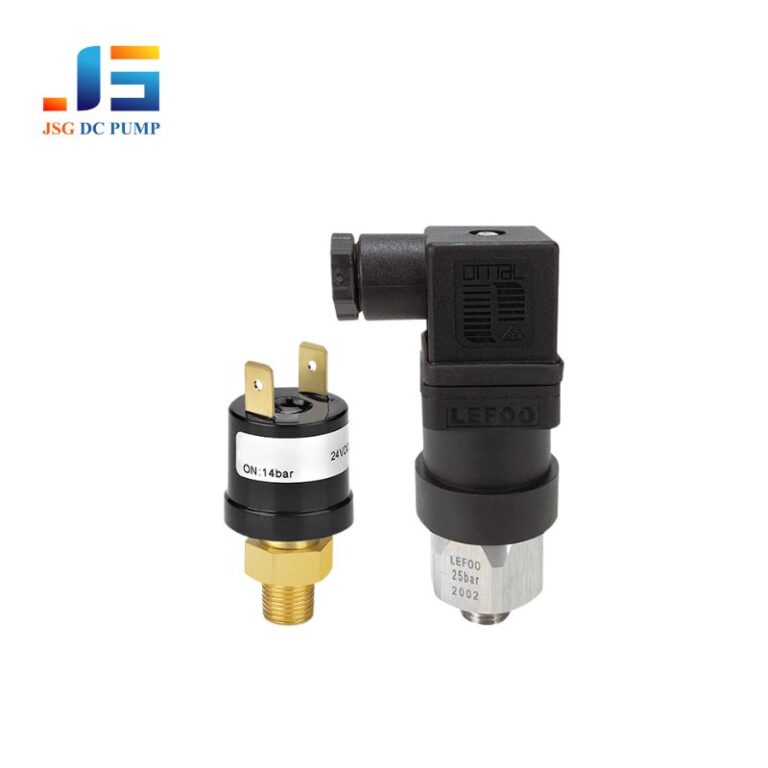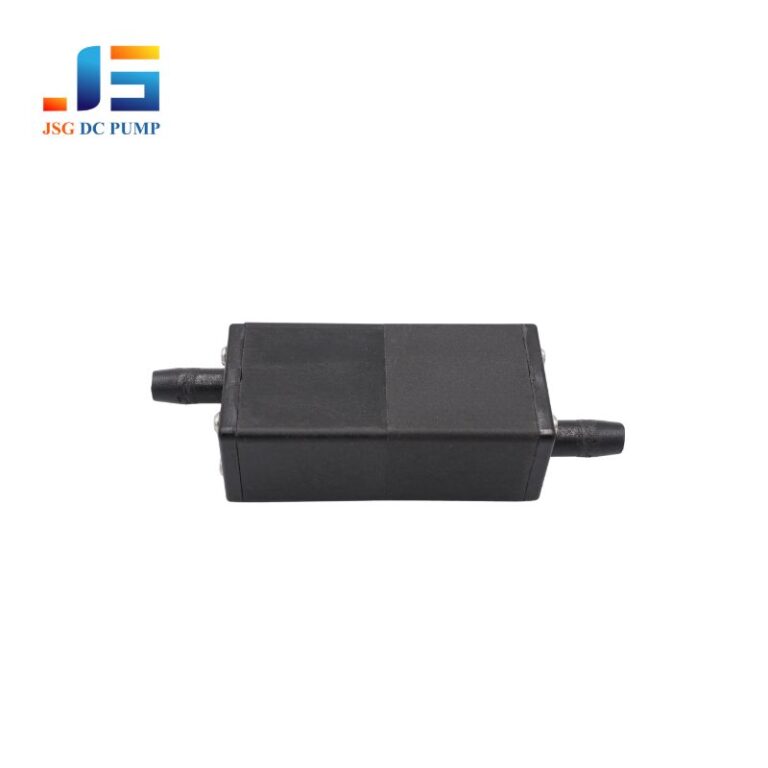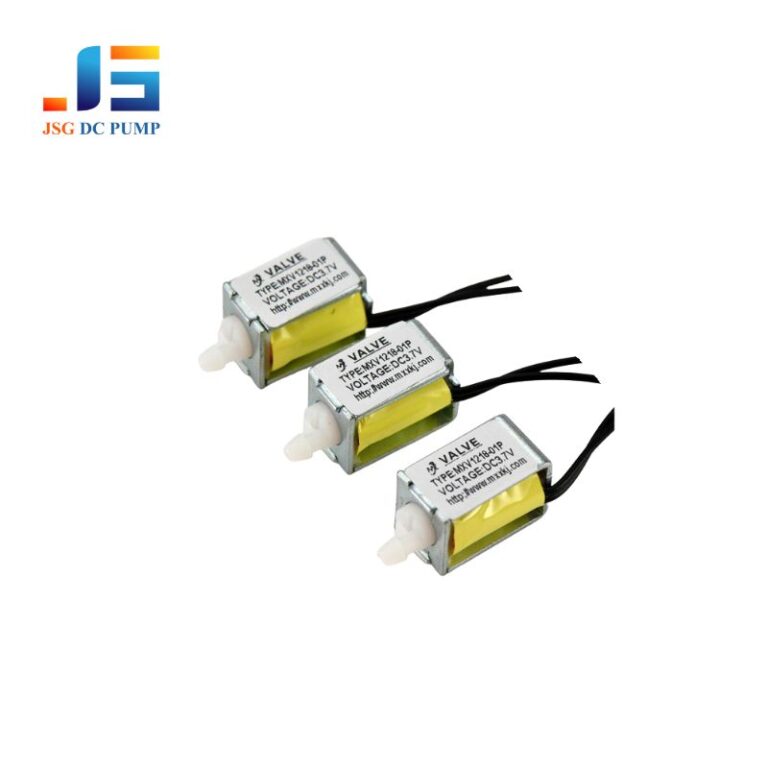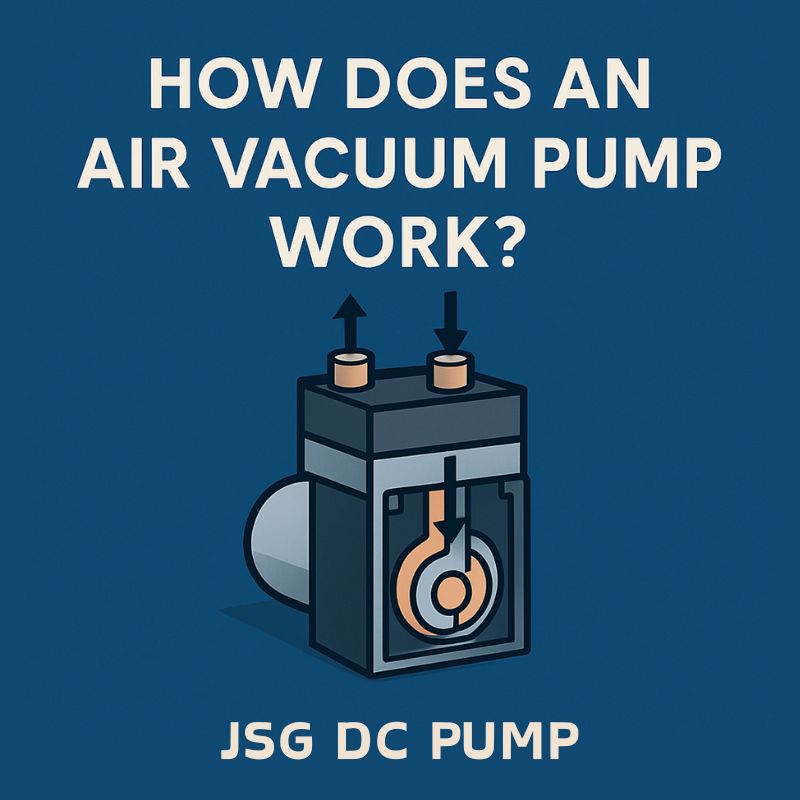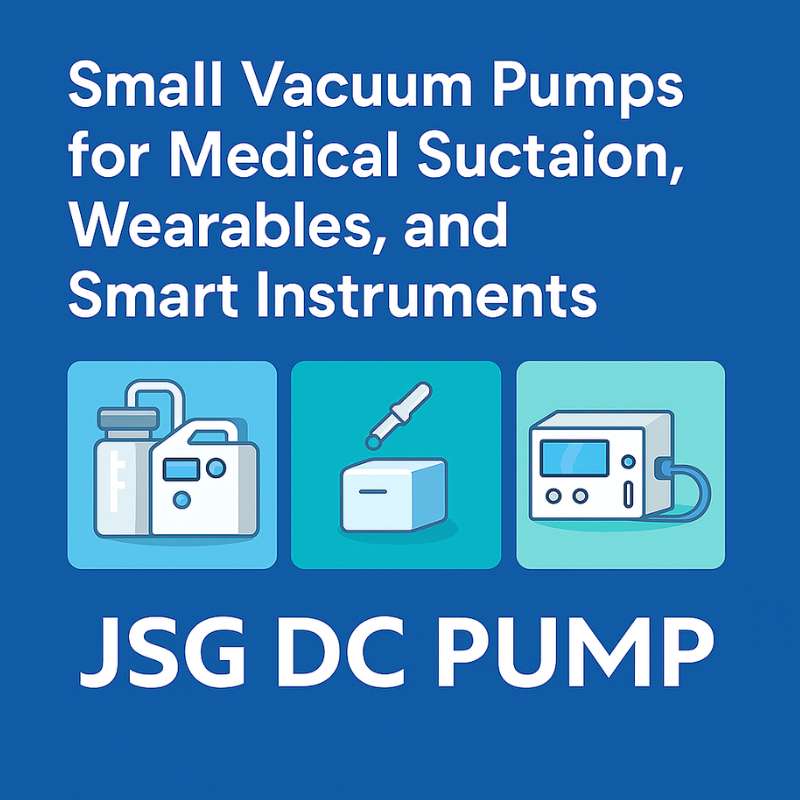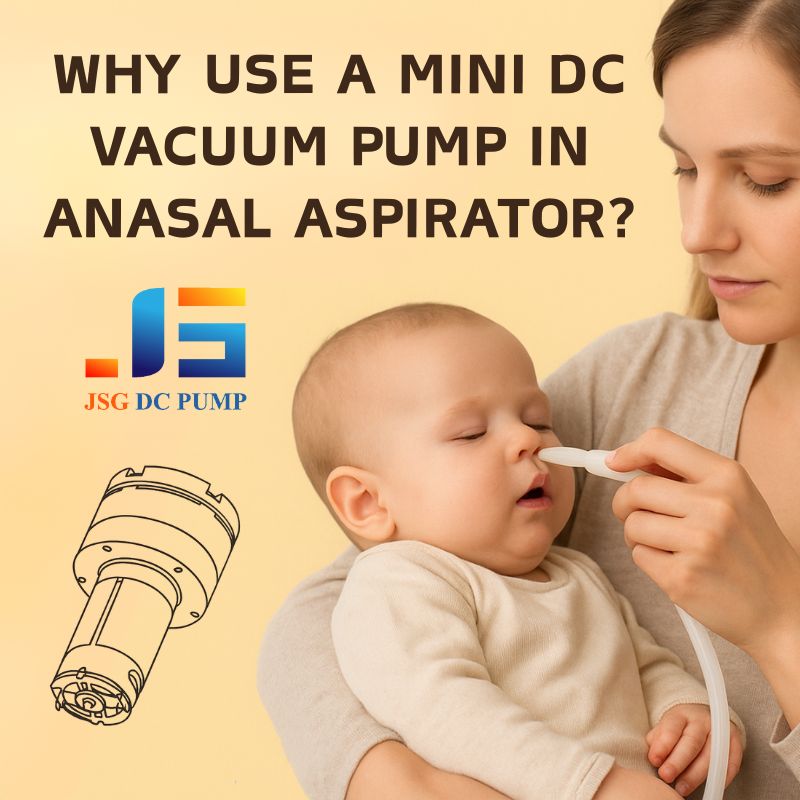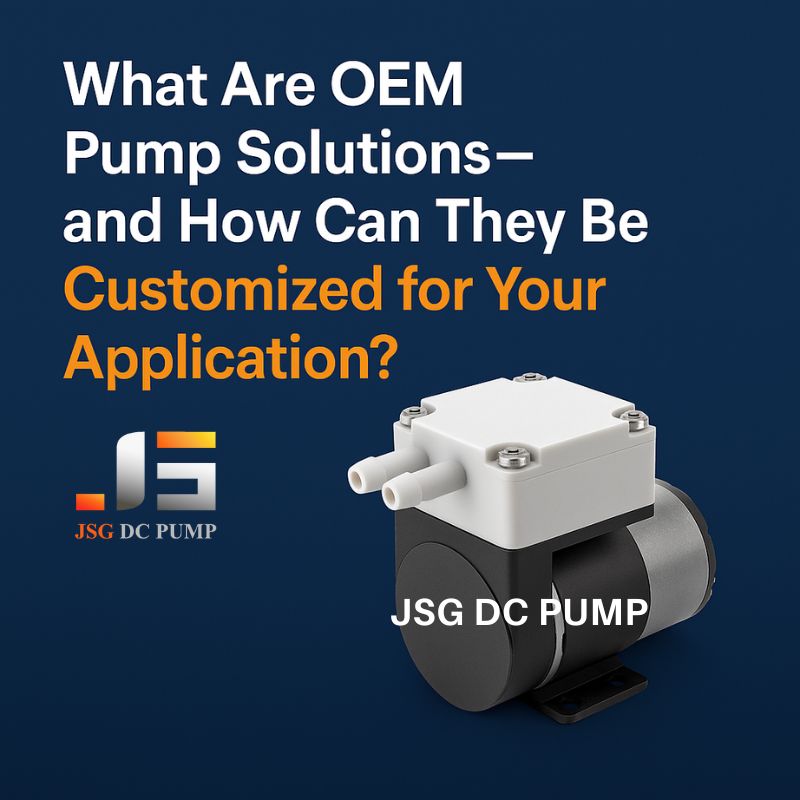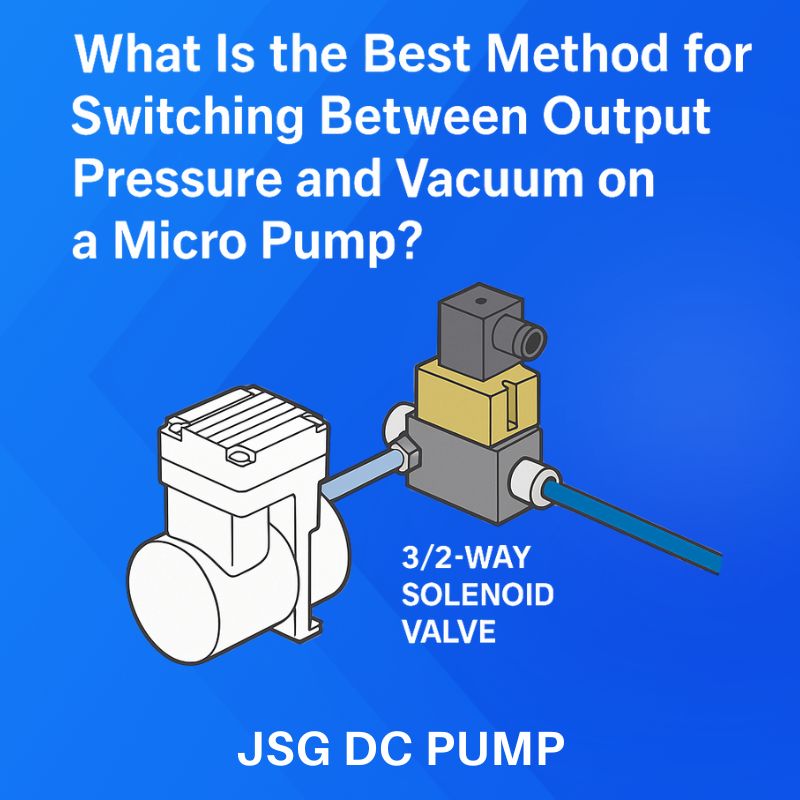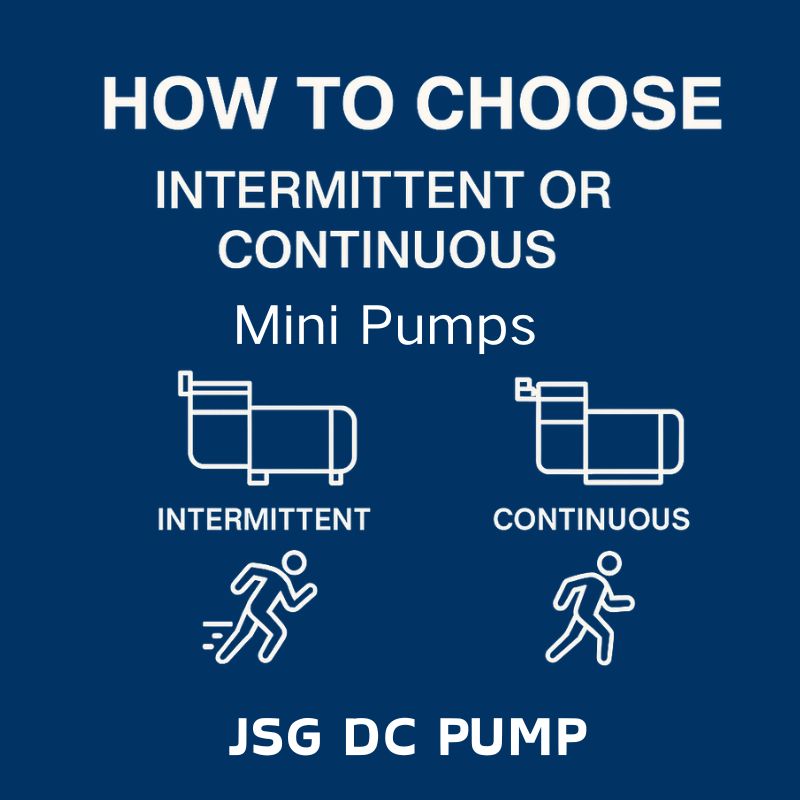DC Vacuum Pump
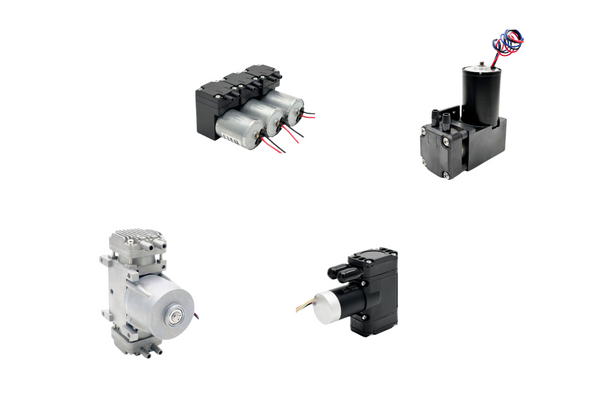
Your OEM Partner for Silent, Efficient, and Long-Lasting DC Vacuum Pumps
Partner with us for tailored DC vacuum pump solutions that integrate seamlessly into your products — from prototypes to mass production.
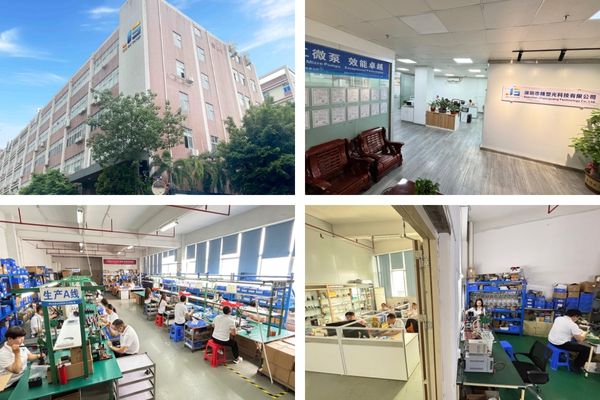
Factory Display
What We Offer at JSG DC PUMP
We offer a full range of OEM DC vacuum pumps and solutions, including:
Standard and custom mini vacuum pumps
OEM-tailored designs for medical, industrial, and smart device applications
Oil-free, low-noise, long-life pumps ready for integration
Engineering consultation and customization support from prototype to production
Accessories such as filters, silencers, signal cables, and brackets for complete system integration
At JSG DC PUMP, we don’t just sell pumps — we deliver engineered solutions that help your products succeed.
From Standard Micro Vacuum Pumps
Choose from 400+ standard DC vacuum pump models or customize to fit your exact vacuum, flow, and integration needs — helping you save development time and cost.
Typical performance range of our standard Air vacuum pumps:
- Voltage: 1-30V
- Power: 0.4W-100W
- Max Vacuum: -30 to -98 kPa
- Max Pressure: 0.5-7bar
- Flow Rate: 0.5 -70 L/min
- Motor Type: Brushed / Brushless DC
Enhance Your DC Vacuum Pump with Precision-Engineered Accessories
Over 50+ optional accessories designed to optimize vacuum performance, simplify integration, and extend system life.
Accessories Designed for Small Vacuum Pumps:
Vacuum & Pressure Filters – Protect your pump from dust, liquid, and particles to ensure clean airflow and longer service life.
Metal Air Fittings – Durable connectors for secure, leak-free tubing connections.
Plastic Quick-Connect Couplings – Lightweight push-in fittings for easy and fast tube installation.
Pressure Switches – Automatic control for vacuum and pressure systems with adjustable set points.
Silencers & Mufflers – Reduce exhaust noise, keeping your vacuum pump operation quieter.
Ready-to-integrate components improve reliability, simplify assembly, and optimize the performance of vacuum pump systems.
Need a Custom Compact Vacuum Pump? We Deliver Beyond Standard.
From concept to production, our engineering team helps turn your unique requirements into reality — with a perfectly tailored mini vacuum pumps solution.
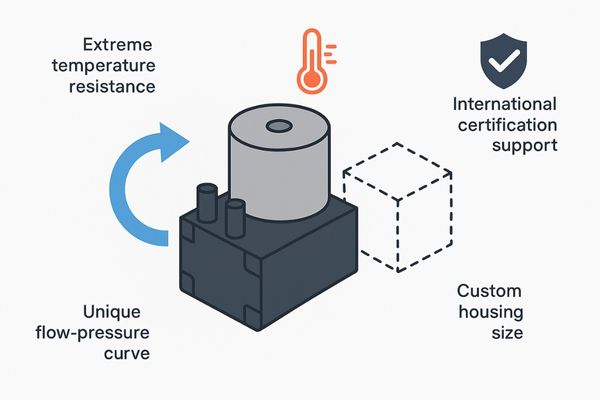
Customization Options:
- Dual-head configuration for higher flow or redundancy
Extreme temperature and harsh environment resistance
Custom housing for tight spaces or specific layouts
Application-specific flow-pressure performance
Compliance with international certifications
Full system integration — from pump to control electronics
Air Vacuum Pump Industry Applications
From concept to integration, we engineer 12V 24V vacuum pumps to meet the highest standards of your industry. Oil-free, compact, and reliable — trusted across demanding fields.
Our DC vacuum pump solutions are engineered for these industries:
Medical Devices
Stable vacuum performance and oil-free design make our pumps ideal for applications such as negative pressure wound therapy (NPWT), surgical suction, diagnostic analyzers, and portable aspirators.Industrial Automation
High-efficiency vacuum pumps support robotic pick-and-place systems, vacuum gripping tools, CNC clamping fixtures, and other automation requiring consistent vacuum force.Smart Home & Consumer Appliances
Compact, quiet operation for premium devices such as odor extraction, food preservation, and home healthcare devices.Laboratory & Environmental Testing
Reliable micro vacuum sources for gas sampling, air quality monitoring, and portable laboratory equipment.
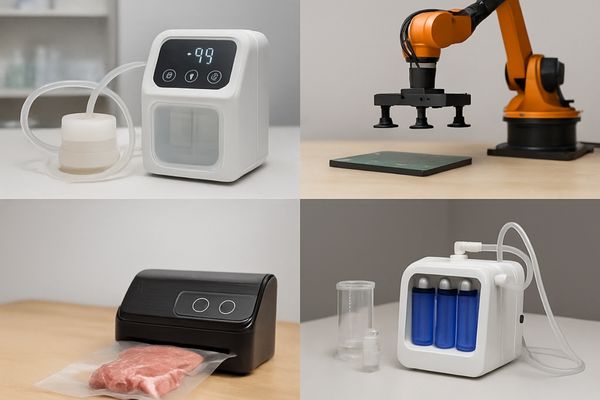
Unsure Which DC Vacuum Pump Fits Your Application?
Our engineering team is ready to provide selection advice, technical data, and customization support.
The Ultimate Guide to DC Vaccum Pumps
Whether you’re engineering a medical device, automating an industrial process, or developing a next-generation smart appliance, understanding how DC vacuum pumps work — and how to select the right model — is crucial. These compact, oil-free pumps deliver reliable negative pressure in systems where silent operation, energy efficiency, and durability are essential.
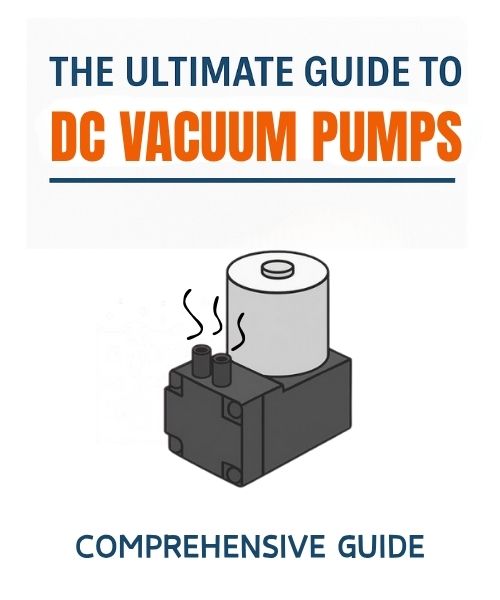
In this in-depth guide, we’ll cover everything professionals need to know about vacuum suction pumps: from working principles to performance specifications, key materials, selection criteria, and integration best practices. Backed by over 20 years of OEM expertise, JSG DC PUMP helps engineers and product managers make informed decisions, whether you’re sourcing standard units or customizing to precise requirements.
Let’s get started.
How DC Vacuum Pumps Work?
Understanding how DC vacuum pumps generate reliable negative pressure — and their benefits — is the foundation of selecting the right model for your application.
What Is a DC Vacuum Pump?
| Feature | Description |
|---|
| Definition | A compact vacuum pump driven by a low-voltage DC motor, using an eccentric cam and connecting rod to move a flexible diaphragm. This motion changes the chamber volume to draw air in through the inlet valve and expel it through the outlet valve, creating negative pressure. |
| Working Range | Typical vacuum levels: -30 to -98 kPa; flow rates: 0.5–70 L/min, depending on diaphragm size, stroke length, and motor type. |
| Key Advantages | Oil-free operation, quiet performance, no routine maintenance, energy efficient, and easy integration into portable or embedded systems. |
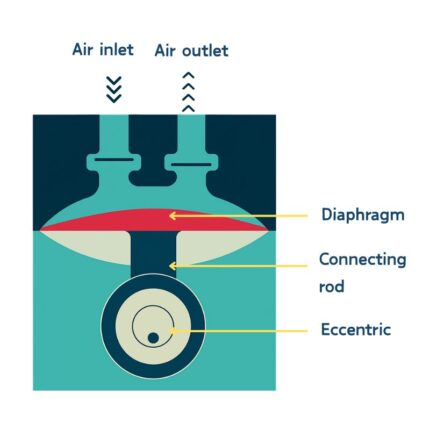
Which vacuum pump structure suits your application best?
Understanding the operating mechanism behind each type is essential for making the right engineering decision. Whether your priority is silent operation, chemical resistance, or achieving higher flow and pressure, this comparison will help clarify the strengths of both designs.
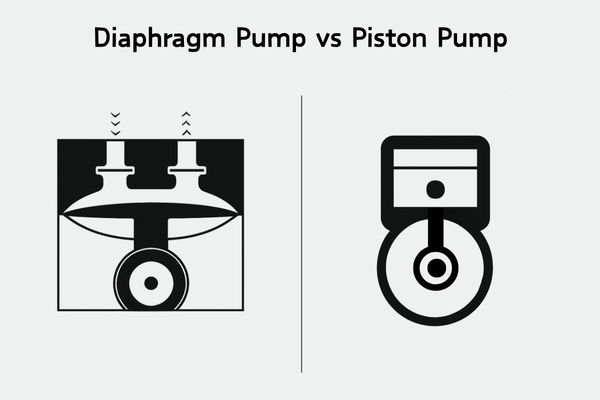
| Type | How It Works | Advantages |
|---|---|---|
| Diaphragm Pump | A flexible diaphragm moves up and down, displacing air and creating vacuum. | Quiet, durable, chemical-resistant, excellent sealing. |
| Piston Pump | A piston slides in a cylinder to lower internal pressure and generate vacuum. | Higher pressure capability, compact yet powerful, higher flow rates. |
Why Vacuum Pumps Are Critical in Modern Devices?
DC vacuum pumps are essential in modern systems where compact size, precise negative pressure, and low noise are critical. Their ability to deliver stable vacuum without oil or large compressors makes them ideal for medical, industrial, and high-tech consumer applications.
Why Use Mini Vacuum Pumps
Compact and Lightweight
Their small footprint makes them ideal for integration into portable, embedded, or space-constrained designs.
Oil-Free and Maintenance-Free
Clean operation with no risk of contamination, ensuring long-term reliability in medical, industrial, and smart device applications.
Low Noise and Smooth Performance
Designed for quiet operation, making them suitable for patient-facing equipment, laboratories, and office environments.
Energy Efficient
Optimized for low power consumption, which is essential for battery-powered or energy-conscious systems.
Control System Friendly
Fully compatible with modern electronics such as PWM speed control, signal feedback, and automation systems for precise vacuum control.
Key Industries That Rely on Negative Pressure Pumps
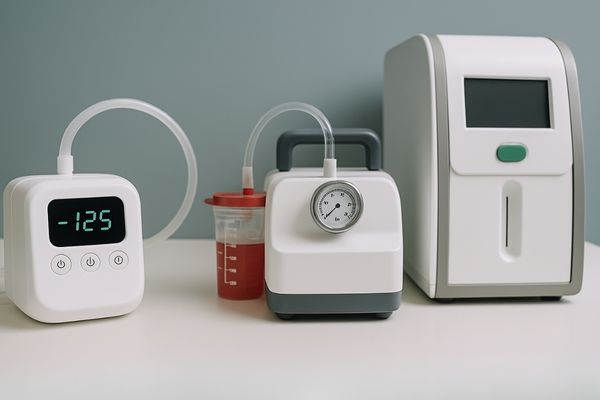
Medical and Healthcare Devices
Negative pressure wound therapy (NPWT)
Portable surgical suction systems
Diagnostic analyzers and lab sampling
Why critical: Stable and oil‑free vacuum pumps deliver safe, quiet, and dependable negative pressure, ensuring medical devices meet strict hygiene and performance standards.
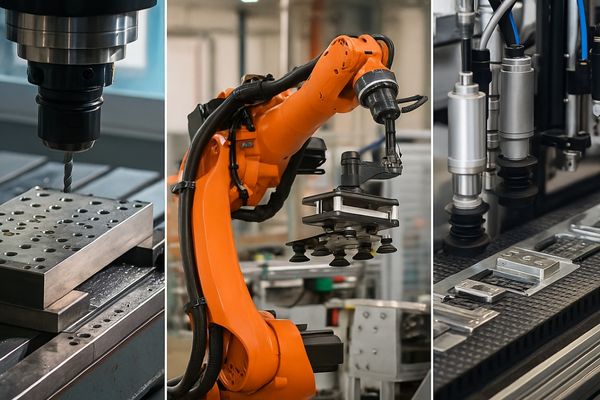
Industrial Automation & Robotics
Vacuum clamping and CNC holding tools
Robotic grippers and pick‑and‑place arms
Automated assembly line vacuum systems
Why critical: Consistent vacuum generation provides precision, repeatability, and long‑term reliability for demanding robotic and industrial production environments.
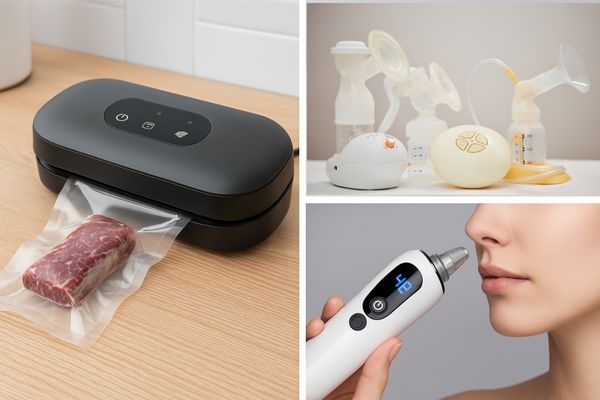
Smart Appliances and Compact Consumer Devices
Food vacuum sealing and preservation units
Home breast pump
Portable vacuum skincare or beauty devices
Why critical: Quiet, compact, and efficient vacuum pumps enable stable negative pressure for modern smart appliances, portable tools, and analytical devices.
Key Industries Typical parameter range
| Application | Vacuum Level | Flow Rate | Noise Target |
|---|---|---|---|
| Medical Suction | -30 to -75 kPa | 0.5 – 15 L/min | < 60 dB |
| Automation/Robotics | -70 to -95 kPa | 10 – 40 L/min | Moderate |
| Smart Appliances | -40 to -70 kPa | 1 – 8 L/min | Low |
Key Materials and Engineering Design for DC Vacuum Pumps?
The performance and lifetime of a DC vacuum pump are defined not only by the motor and mechanism but also by the selection of materials and the overall engineering design. Each component is chosen to withstand mechanical stress, chemical exposure, and thermal load while ensuring stable vacuum levels in demanding OEM environments.
Critical Components and Recommended Materials
| Component | Common Material Options | Purpose / Engineering Benefits |
|---|---|---|
| Pump Head / Housing | PPS, POM,Nylon, Aluminum Alloy, Stainless Steel | Structural rigidity, heat resistance, chemical stability |
| Diaphragm | EPDM, FKM, PTFE | Flexibility, sealing performance, chemical compatibility |
| Valves | Silicone, EPDM, FKM | High cycle durability, accurate airflow control |
| Bearings | Imported/domestic; single/double ball bearings | Long service life, low friction, quiet operation |
| Motor (Brushed / Brushless) | High-grade ferrite or rare-earth DC motors | Stable torque, compact size, optimized for vacuum loads |
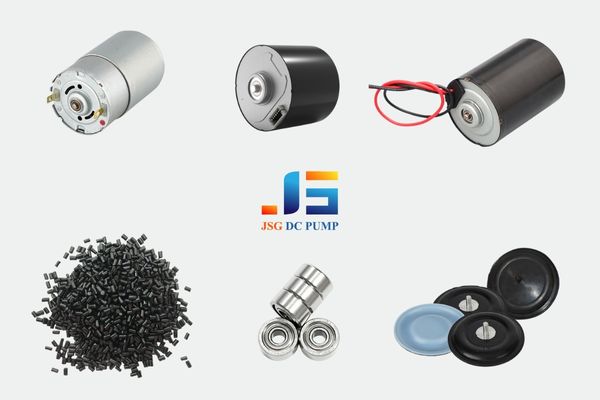
Brushed vs Brushless DC Motors — Which Is Right for Your DC Vacuum Pump?
When selecting a motor for your DC vacuum pump, the choice between brushed and brushless DC motors has a direct impact on performance, lifespan, cost, and system integration. At JSG DC PUMP, we offer both options to suit different OEM requirements.
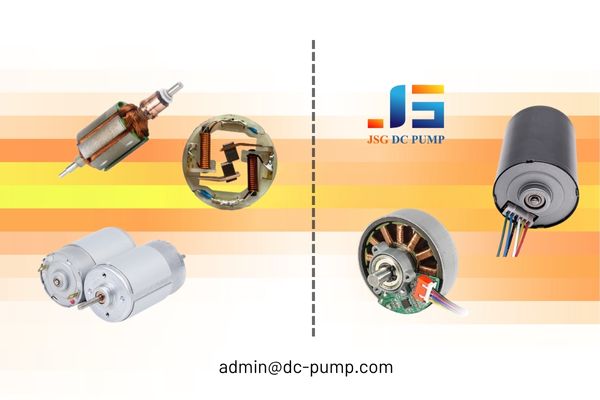
| Motor Type | Key Features | Advantages | Limitations | Best Use Case |
|---|---|---|---|---|
| Brushed DC Motor | Uses carbon brushes to transfer current to the rotor. | Low cost, simple driver electronics, fast lead time. | Shorter lifespan (500–2,000 hrs), higher EMI, more maintenance. | Cost-sensitive projects, short/intermittent duty applications, entry-level devices. |
| Brushless DC Motor (BLDC) | Uses electronic commutation with no physical brushes. | Longer lifespan (5,000–10,000+ hrs), high efficiency, low EMI, quiet operation. | Higher initial cost, requires driver circuit. | High-end medical devices, industrial automation, long-life consumer products. |
How to Choose the Right DC Vacuum Pump (Selection Guide)
Choosing the right DC micro vacuum pump is essential to ensure optimal performance, reliability, and efficiency in your application—whether it’s a medical device, smart appliance, or automation system. Below is a step-by-step guide to help B2B buyers and engineers navigate the selection and procurement process for micro vacuum pumps.
Step 1: Search for Reliable Suppliers Using Google or B2B Platforms
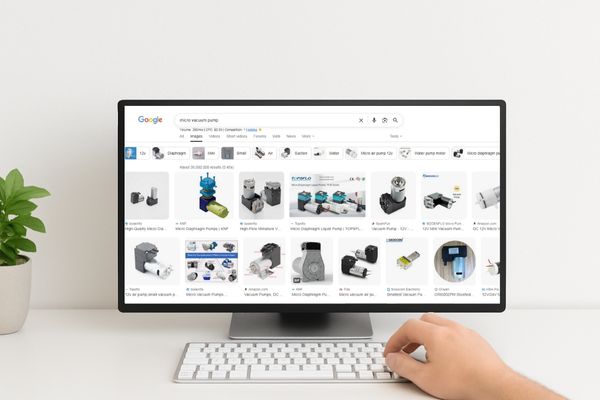
The first step is to conduct keyword-based research online to identify professional manufacturers or B2B suppliers of DC vacuum pumps. Keywords like “micro vacuum pump manufacturer,” “DC diaphragm vacuum pump,” or “oil-free mini vacuum pump supplier” are useful to locate specialized vendors. Focus on companies with clear technical capabilities, export experience, and positive industry reputation. Check for ISO certifications, product range diversity, and customer reviews. Platforms like Google, Alibaba, and LinkedIn are ideal starting points for your supplier search.
Step 2: Clearly Communicate Technical Requirements to the Manufacturer
Once you’ve found a potential pump supplier, the next step is to provide a clear and complete application brief. This allows the manufacturer to recommend or customize the most suitable model for your needs. Make sure to include the following key details:
| Specification | Details to Provide |
|---|---|
| Application Scenario | What type of device is the pump being integrated into? (e.g., NPWT, CNC, cosmetic) |
| Size Constraints | Are there space limitations for pump installation? (e.g., max 45×35×25 mm) |
| Basic Performance Specs | Required voltage (e.g., 12V, 24V), vacuum level (e.g., -80 kPa), flow rate (e.g., 10 L/min) |
| Medium to Be Transferred | Is the pump moving air, gas, or liquid? |
| Duty Cycle | Will it operate continuously or intermittently? |
| Material Requirements | Need for corrosion-resistant parts like PTFE, FKM, PPS, or stainless steel? |
| Lifetime Expectations | What is the minimum operating hour requirement? (e.g., 3,000–5,000 hours) |
| Functional Requirements | Do you require extra features like speed control (PWM), feedback signal, or silence? |
The more precise your input, the easier it is for the supplier to match or customize the ideal solution.
Step 3: Confirm Pricing, Sampling Lead Time, and Shipping Terms
After technical confirmation, you’ll move into the commercial phase. Here’s what to finalize:
Sample cost
Whether the pump is off-the-shelf or customized, confirm the sample fee and whether it’s refundable after bulk order.
Lead time
Clarify how long it will take to produce and ship the sample. For custom pumps, development may require 2–4 weeks.
Shipping options
Choose your preferred method—DHL, FedEx, air freight, etc.—and confirm who will bear the cost.
Payment terms
Align on payment method (PayPal, bank transfer) and schedule.
Once all terms are confirmed, proceed with payment and wait for the sample. During this stage, reliable suppliers like JSG DC PUMP often provide regular updates on sample progress, ensuring you stay informed.
Best Practices for Integrating DC Vacuum Pumps into Your System
DC vacuum pumps are compact, oil-free, and versatile — but improper integration can lead to underperformance or failure. Below is a practical guide to help engineers and OEMs avoid common pitfalls during product development.
⚠️ Common Integration Challenges and Solutions
| Challenge | Typical Cause | Solution / Tip |
|---|---|---|
| Inconsistent Flow Measurements | Buyer and supplier using different flowmeters (e.g., float-type vs. digital sensors) | Align testing methodology. Confirm what measurement method your supplier uses. |
| Pump Doesn’t Start or Underperforms | Insufficient power supply current or incorrect voltage | Always check the datasheet. Use a regulated power supply with correct voltage and current rating. |
| No Pressure or Flow Control | Lack of regulating components | Add flow regulators, pressure control valves, or digital sensors to fine-tune system behavior. |
| Premature Pump Failure | Presence of backpressure or pressure tank not disclosed | Inform the supplier if your system includes tanks, regulators, or resistance. This affects motor sizing and lifespan. |
| Unrealistic Cost Expectations | Requesting high performance at ultra-low price | Clarify which spec is your priority — cost, vacuum level, flow, or durability. Then select a balanced model. |
| Reduced Lifespan in Dirty Environments | No vacuum filter installed | Always add a filter to prevent dust, moisture, or particles from damaging the diaphragm and valves. |
🔧 More Engineering Tips to Avoid Early Failure
Even if a pump works well on paper, real-world integration often requires extra attention:
Back Pressure Awareness: Any resistance from downstream tubing, filters, or valves may reduce effective vacuum and increase motor noise. Test with all connected components.
PWM Signal Matching: If using PWM speed control, ensure the signal source matches pump requirements (e.g., 5V logic input for most brushless models).
Vibration & Noise Control: Use rubber mounts or silicone supports to suppress vibration — especially for medical or smart home products where silence matters.
Thermal Management: High-duty cycles? Leave airflow space or add a metal mounting bracket for passive heat dissipation.
Tubing Size Matching: Mismatched inlet/outlet tubing can create internal friction, reducing vacuum and increasing power draw. Match tubing diameter to pump ports.
✅ Pro Tip: Share your system’s schematic with your pump supplier during development. This allows them to assess performance under actual working conditions — not just lab tests.
Why Partner with JSG DC PUMP
After reviewing the principles, materials, selection methods, and integration practices of DC vacuum pumps, the final step is choosing a manufacturing partner that can turn this knowledge into reliable, long‑term solutions.
From Knowledge to Implementation
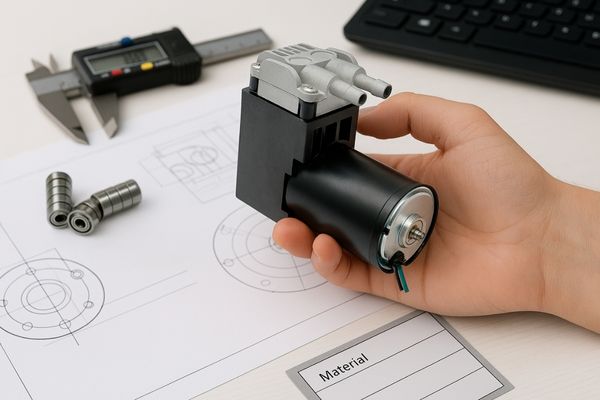
Selecting a DC vacuum pump is not just about meeting a flow or vacuum number. It involves:
Matching performance requirements with the right motor and pump design
Choosing materials that withstand your application environment
Ensuring smooth integration into your system
Verifying that quality, lifecycle, and certifications align with your market needs
These steps require experience that goes beyond a datasheet. This is where JSG DC PUMP becomes your engineering partner.
Why Choose JSG DC PUMP as Your Supplier?
With over 20 years of industry experience, JSG DC PUMP has built a reputation as a trusted OEM supplier for medical, industrial, and advanced consumer applications worldwide.
🔹 400+ Standard Models: Fast selection to accelerate your project timelines
🔹 Full Customization: Voltage, vacuum level, flow rate, motor type, mounting structure, and even signal interface can be tailored to your exact requirements
🔹 Strict Quality Standards: ISO‑certified manufacturing with full traceability and testing
🔹 Proven Industry Expertise: Solutions deployed in NPWT, automation systems, laboratory instruments, vacuum clamping tools, and compact smart devices
🔹 Responsive Technical Support: Direct collaboration with our engineering team from prototype through production
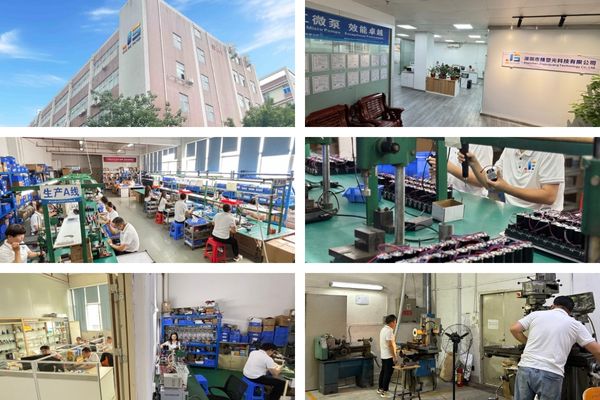
Talk to Our Engineers
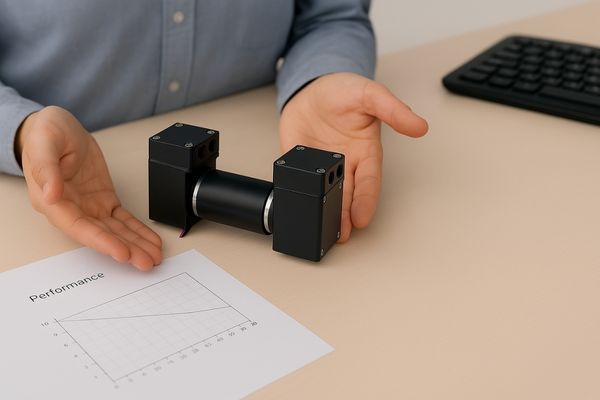
Whether you are prototyping a new medical device, upgrading your industrial automation line, or adding vacuum functionality to a consumer product, our team ensures that the DC vacuum pump you select will meet your performance, reliability, and integration requirements.
Contact JSG DC PUMP today to:
Request datasheets or performance curves
Discuss application requirements with our engineers
Start a custom design or sampling program
Your innovation deserves a vacuum solution built with precision. Let JSG DC PUMP help you make it a reality.
What Do Our Customers Say?
At JSG DC PUMP, we pride ourselves on delivering more than just high-quality DC vacuum pumps — we provide engineering expertise, customization capabilities, and responsive support that help our clients succeed across industries.

Environmental Monitoring Company – Australia
"For our portable vacuum sampling devices, we needed a compact pump with stable flow and strong vacuum to ensure accurate gas collection in the field. JSG DC PUMP supplied a custom oil-free diaphragm vacuum pump that performs reliably even in harsh outdoor conditions, making our environmental sampling projects more efficient and dependable."

Medical Device Manufacturer – United States
"In our negative pressure wound therapy (NPWT) systems, pump reliability and patient comfort are critical. JSG DC PUMP engineered a brushless mini vacuum pump with precise negative pressure control, quiet operation, and long service life. It meets our strict medical standards and supports continuous operation in clinical environments."

Healthcare Equipment Supplier – Japan
"Our medical nasal aspirators require a low-noise, compact vacuum pump that delivers gentle yet effective suction for pediatric and adult patients. JSG DC PUMP provided a 12V micro piston vacuum pump with optimized pressure and flow settings, ensuring safety, comfort, and durability for daily medical use."
👉 Contact us for a quote or technical consultation today.
FAQs About DC Vacuum Pumps
Before selecting or integrating a DC vacuum pump, engineers and OEM buyers often have similar technical questions. Below are the most common inquiries we receive — covering performance, lifespan, customization, and application guidance — to help you make faster and more informed decisions.
Most diaphragm DC vacuum pumps achieve –30 to –85 kPa, while diaphragm types can reach –98 kPa for deep vacuum applications.
Yes. All JSG DC PUMP vacuum pumps are oil-free and maintenance-free, ensuring clean operation and no risk of contamination.
Brushless (BLDC) models are designed for continuous 24/7 duty, while brushed models are better suited for intermittent operation.
Standard supply options are 12 V DC and 24 V DC. Low-voltage models (3–9 V) can be provided for compact or battery-powered devices.
Brushless: 5,000–10,000+ hours (depending on duty cycle and cooling)
Brushed: 1,000–3,000 hours on average.
We offer brushed DC motors (cost-effective) and brushless DC motors (longer life, quieter, with PWM and FG feedback options).
Yes, with the right configuration. PTFE/FKM diaphragms, stainless-steel pump heads, and filters are available for aggressive media.
Filters, silencers, anti-vibration pads, quick-connect fittings, signal cables, and controllers are available to support stable operation and integration.
Absolutely. Custom flow, vacuum level, voltage, size, and mounting configurations are our specialty. OEM/ODM services are a core part of JSG DC PUMP.
Our pumps are widely used in:
Medical devices (NPWT, portable suction)
Industrial automation (vacuum clamping, robotics)
Smart appliances (vacuum sealing, consumer lab devices)
Environmental and laboratory testing
📩 Still have questions? Reach out to admin@dc-pump.com — our technical team will respond within 24 hours.
Explore more resources to help you better understand and integrate DC vacuum pumps into your products:


